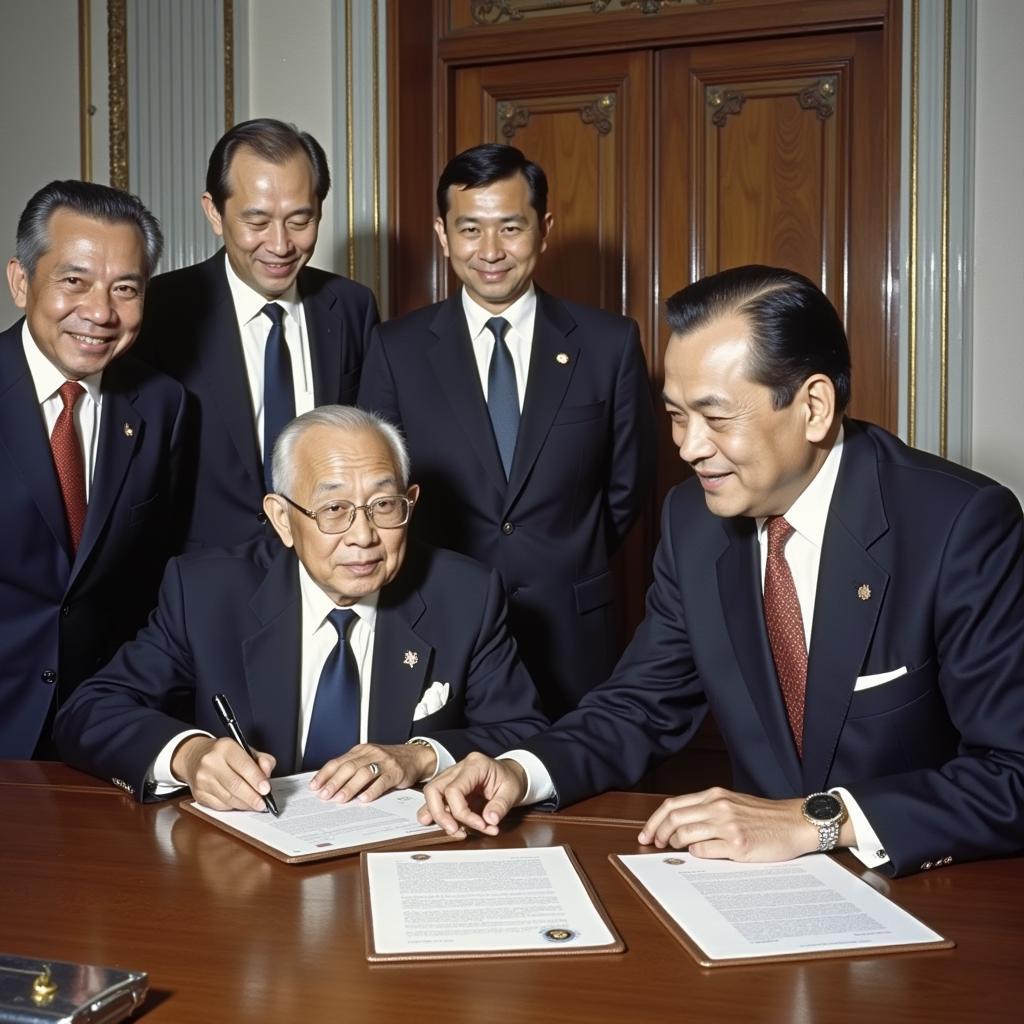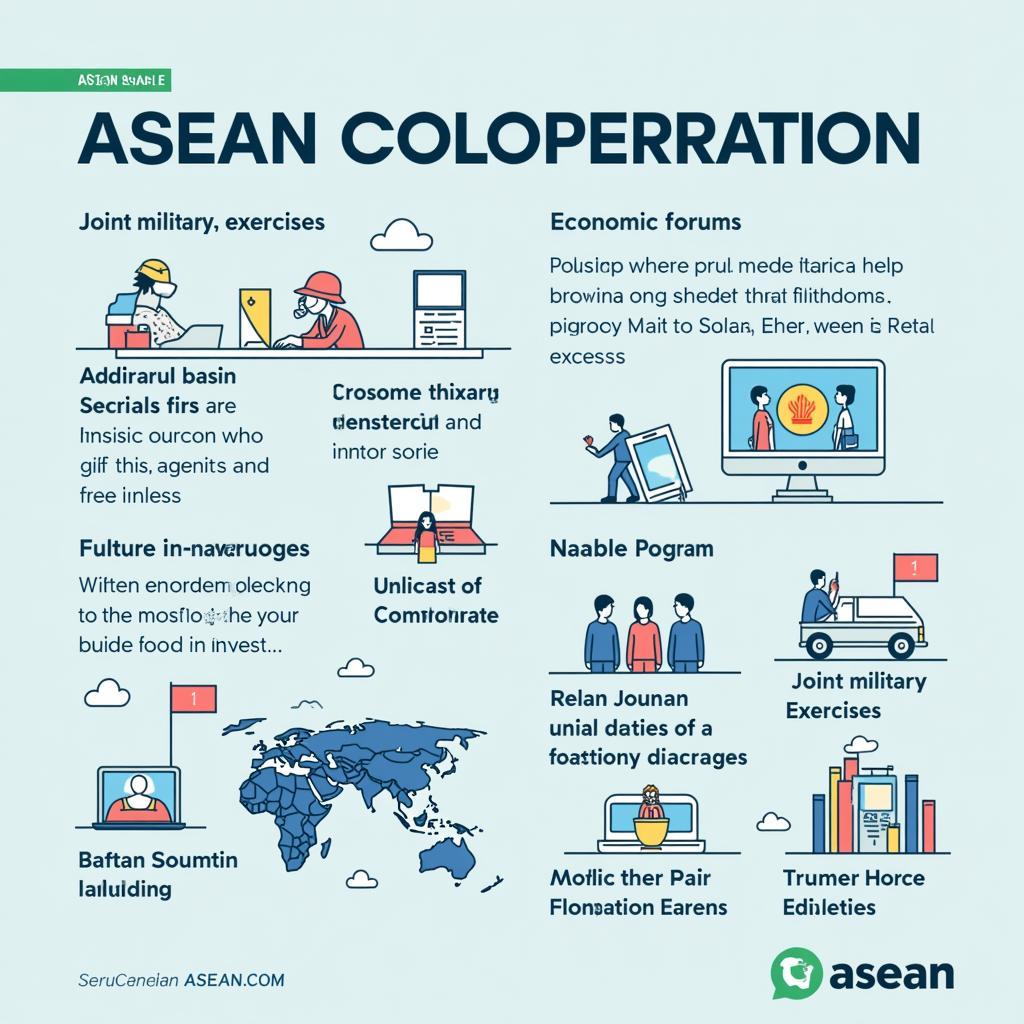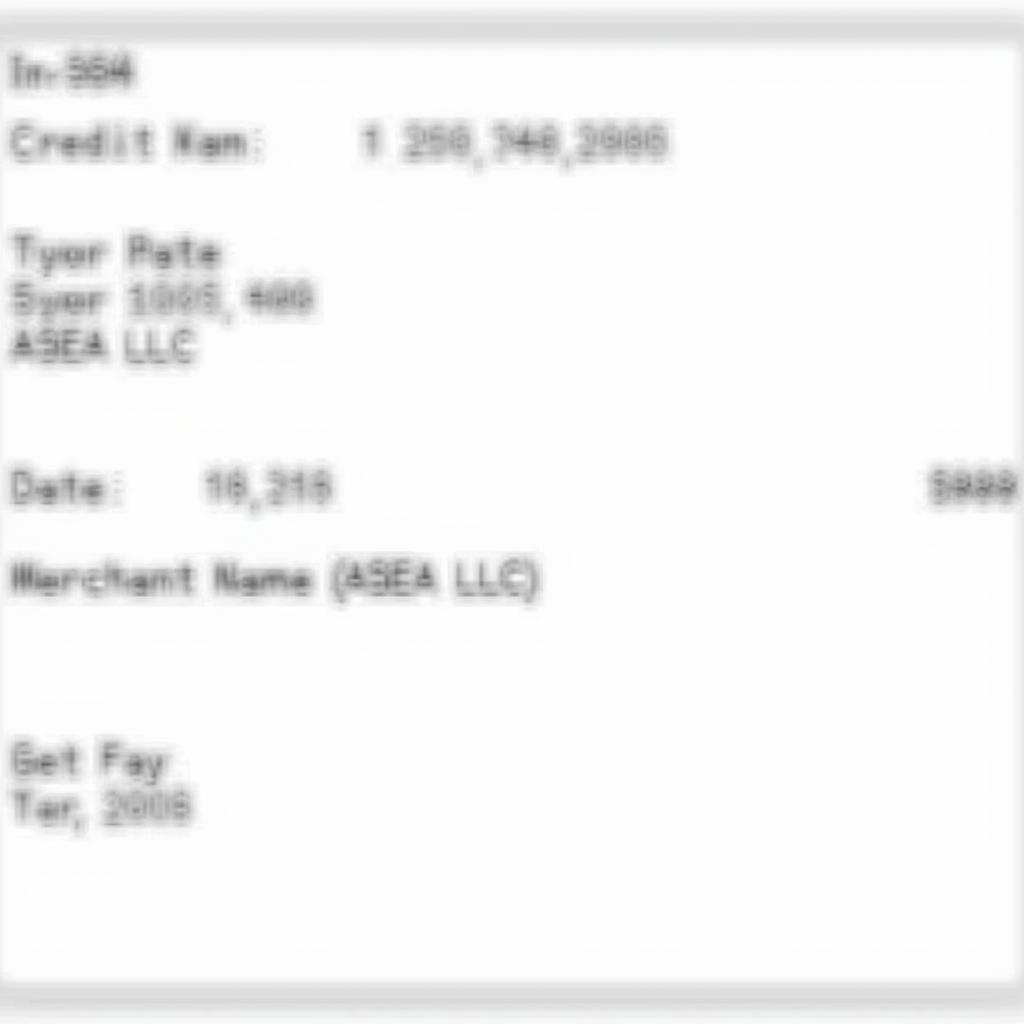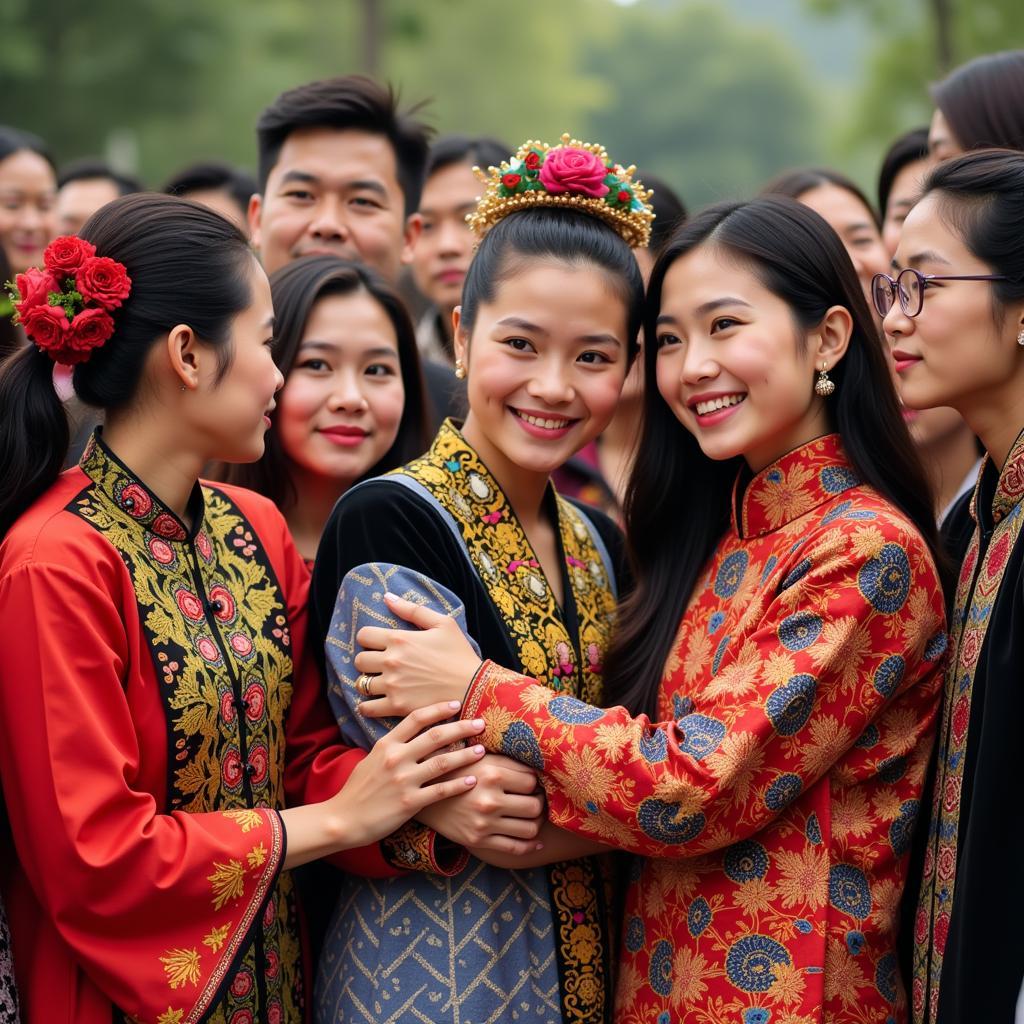The 5 Founding Fathers Of Asean laid the groundwork for a regional organization that has become increasingly important on the global stage. These visionary leaders recognized the need for cooperation and unity in a region grappling with post-colonial struggles and Cold War tensions. abbreviation of asean
Who Were the 5 Founding Fathers of ASEAN?
The Association of Southeast Asian Nations (ASEAN) owes its existence to the foresight and dedication of five key individuals, often referred to as the “founding fathers.” These men, representing five nations, signed the Bangkok Declaration in 1967, marking the official birth of ASEAN. They are:
- Indonesia: Adam Malik
- Malaysia: Tun Abdul Razak Hussein
- Philippines: Narciso Ramos
- Singapore: S. Rajaratnam
- Thailand: Thanat Khoman
These leaders understood that by working together, their nations could achieve greater stability, economic growth, and cultural exchange.  ASEAN Founding Fathers Signing the Bangkok Declaration
ASEAN Founding Fathers Signing the Bangkok Declaration
The Vision Behind ASEAN’s Formation
Why was ASEAN created? The primary motivation behind the formation of ASEAN was to create a platform for regional cooperation and dialogue, fostering peace and stability in Southeast Asia. why asean was created The founding fathers envisioned a region where nations could collaborate on issues of common concern, such as economic development, social progress, and cultural understanding. They recognized the importance of setting aside historical differences and working together for the betterment of the region. ase c’est quoi
What Were the Key Goals of the Founding Fathers?
The founding fathers aimed to achieve several key objectives:
- Promoting regional peace and stability: This was paramount, given the volatile political climate of the time.
- Accelerating economic growth, social progress, and cultural development: Collaboration was seen as crucial for development.
- Promoting active collaboration and mutual assistance on matters of common interest: Sharing expertise and resources was a key goal.
- Providing assistance to each other in the form of training and research facilities: Capacity building was recognized as essential for long-term growth.
- Collaborating more effectively for the greater utilization of their agriculture and industries: Economic integration was seen as a pathway to prosperity.
- Expanding trade, improving their transportation and communication facilities, and raising the living standards of their peoples: These were seen as interconnected goals for improving quality of life.
 ASEAN Cooperation in Action
ASEAN Cooperation in Action
Challenges Faced by the Founding Fathers
The founding fathers faced numerous challenges in bringing their vision to fruition. These included:
- Mistrust and historical tensions between member states: Overcoming past conflicts was a significant hurdle.
- Differing political systems and ideologies: Finding common ground despite political differences required careful negotiation.
- Varying levels of economic development: Addressing the needs of both developed and developing nations within the bloc was a complex task.
- External pressures from the Cold War: Navigating the geopolitical landscape of the time added another layer of complexity.
Dr. Aris Munandar, a prominent Southeast Asian historian, notes, “The founding fathers displayed remarkable diplomacy and statesmanship in navigating these complex challenges. Their commitment to dialogue and compromise laid the foundation for ASEAN’s enduring success.”
ASEAN’s Legacy and Continued Relevance
The ASEAN we know today is a testament to the vision and dedication of its founding fathers. The organization has expanded its membership, deepened its integration, and become a significant player in regional and global affairs. asea 5 Their legacy continues to inspire future generations of leaders to work towards a more peaceful, prosperous, and interconnected Southeast Asia.
Conclusion: The Enduring Impact of the 5 Founding Fathers of ASEAN
The 5 founding fathers of ASEAN planted the seeds of regional cooperation that have blossomed into a dynamic and influential organization. Their foresight, diplomacy, and commitment to a shared vision have shaped the trajectory of Southeast Asia. As ASEAN continues to evolve and adapt to the challenges of the 21st century, the legacy of its founding fathers remains a powerful reminder of the transformative power of unity and cooperation. 8 agustus asean
FAQ
- Who is considered the “Father of ASEAN”? While all five are recognized as founding fathers, no single individual is given this title.
- When was ASEAN founded? ASEAN was founded on August 8, 1967.
- What was the original purpose of ASEAN? The original purpose was to promote regional peace, stability, and cooperation.
- How many countries were involved in the founding of ASEAN? Five countries: Indonesia, Malaysia, the Philippines, Singapore, and Thailand.
- Where was the ASEAN Declaration signed? The ASEAN Declaration (Bangkok Declaration) was signed in Bangkok, Thailand.
- What is the significance of the Bangkok Declaration? It marks the official establishment of ASEAN.
- How has ASEAN evolved since its founding? It has expanded its membership, deepened cooperation, and become a significant regional player.
Need support? Contact us 24/7: Phone: 0369020373, Email: [email protected], Address: Ngoc Lien Village, Hiep Hoa, Bac Giang, Vietnam.

